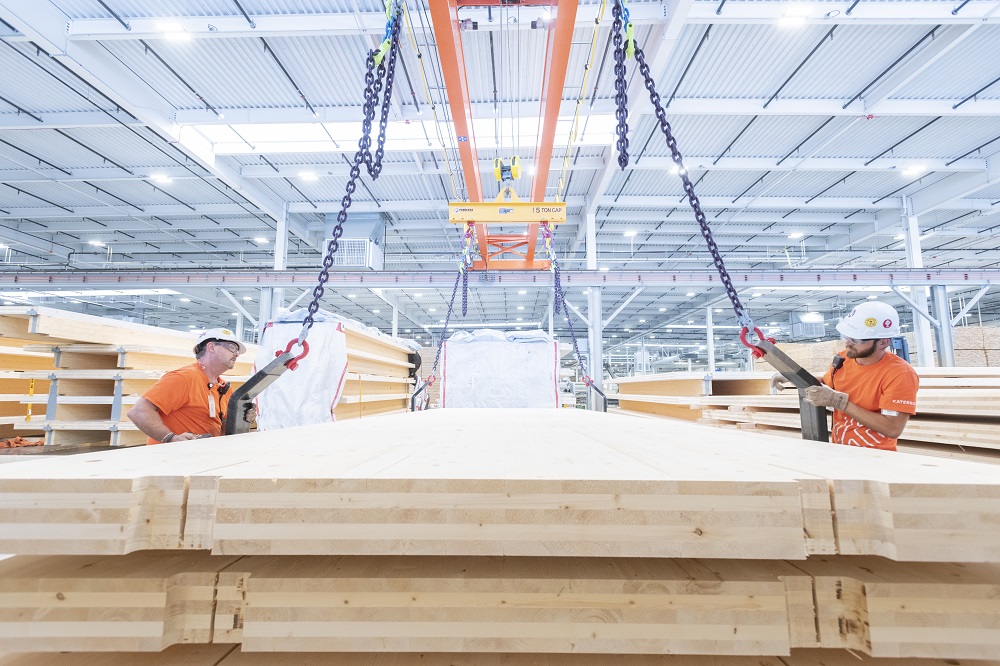The following is a guest post written by Laurence Banville, Esq.
Laurence Banville. Esq is the managing partner and face of Banville Law. Laurence is licensed to practice law in the state of New York. Originally from Ireland, Banville moved to the United States of America where he worked at law firms, refining his litigation and brief writing crafts. He is also the recipient of the Irish Legal 100 and the Top 40 Under 40 awards.
With much talk about climate change both politically and socially, citizens and the business world have started to calculate the way in which climate change will alter how we live and work. In the past, the construction industry has made a number of speculations about how it would change as the planet gets warmer, however, changes have only started coming in light of the rising temperatures and their effects on the industry.
Has Construction Impacted Climate Change?
One thing to note is that some of the changes in construction have taken place because of the industry's contribution to global warming. For example, 40 percent of the energy used all over the world comes from buildings. Furthermore, in the next 25 years, buildings are projected to cause the most significant increase in the release of CO2 gas. This projection includes everything from the CO2 used while making materials such as concrete, to the way that buildings absorb and release air. Unfortunately, a lot of the work performed on construction sites such as demolition to clear a site- carries practices that have increased global warming.
In an effort to take responsibility for these actions, some engineers are proposing changes that would greatly reduce heating bills for commercial property owners during construction. With climate changes happening, engineers and project managers have to adapt to construction methods that will keep cooling costs down as global temperatures continue to rise.
In addition, the realities of global warming have sparked an increased interest in green construction methods. The whole industry is working out how to make concrete with less CO2 being emitted, using recycled materials, and constructing buildings that are less harmful to the environment. There are more green construction principles that are dominating the construction industry, and this is in response to the damage done from many years of construction practices that did not take into consideration their effects on the environment.
Construction Workforce Affected By Rising Temperatures
Of course with the rise in temperatures, there have been longer summers and warmer winters which have lengthened the construction season for companies all over the country. In fact, in January of 2018, more than 36,000 new construction jobs were added across the country. Historically, January was a month when typically construction companies laid off workers due to lack of “doable” work because of inclement weather. In addition to this, there has been an increase in spending in both public and private construction meaning work is continuing even through the coldest of months.
Addressing The Need For More Skilled Workers
The weather pattern changes have forced the industry to use methods that help meet these changes. Green construction methods are being used to help protect against hotter summers, intense rainfall, and extreme winters. However, the construction industry is still facing problems sourcing materials that can keep up with these demands and an increase in global warming awareness might worsen the situation.
The changes needed to meet these weather patterns also require more skilled laborers to complete projects on time. Already, the industry has problems with skilled labor shortages and needing to meet new building guidelines due to climate changes is likely to increase the pressure in an already strained industry.
Many industries are being affected by climate changes all over the world and the construction industry is no different. From the need to change its methods in order to atone for its contribution to the damage to the environment to having the change in weather putting pressure on the demand for services, the construction industry needs to implement more greener practices in order to stay ahead of the issues the world is facing as the planet gets warmer.











Like most of the other electric machines that have been announced previously, Volvo promises that this midsized, 14 metric ton excavator will have the same performance as a similarly sized diesel version. The X03 is currently in the concept stage, so Volvo does not have immediate plans to bring it to market, but it shows the possibilities that electronics on heavy machinery can allow for.